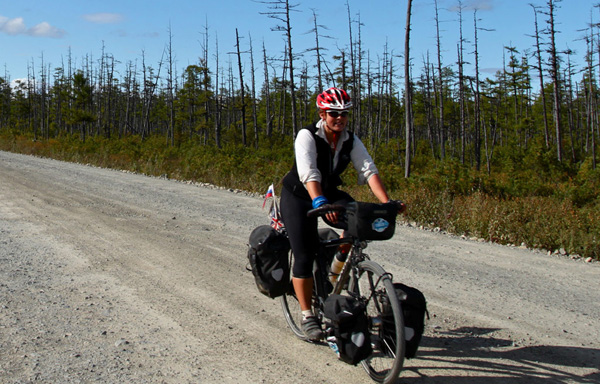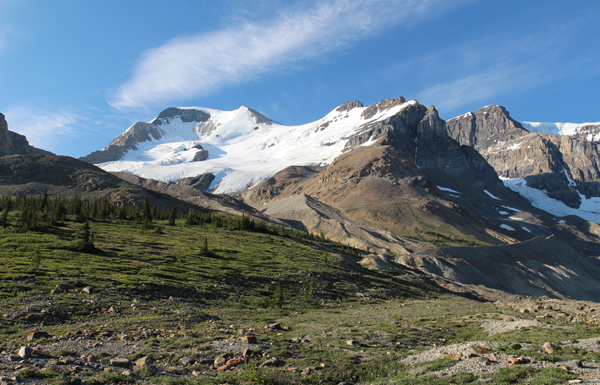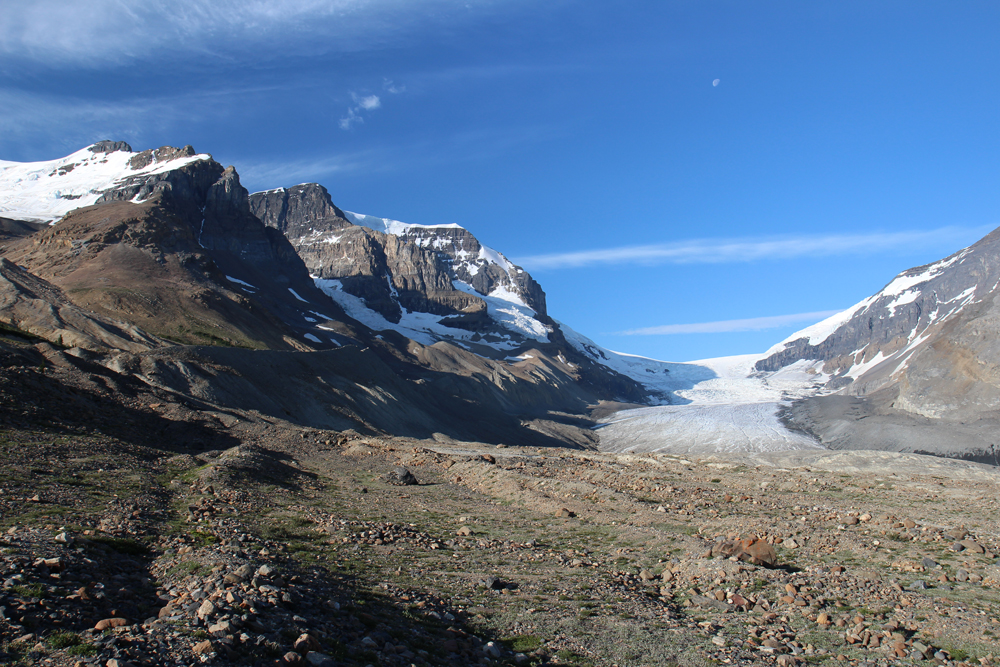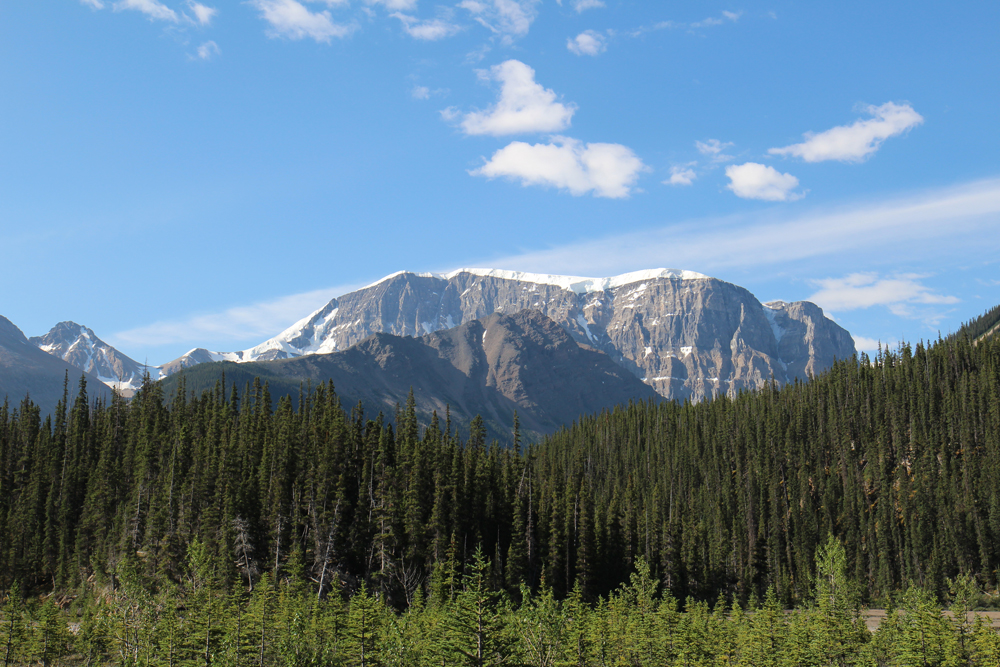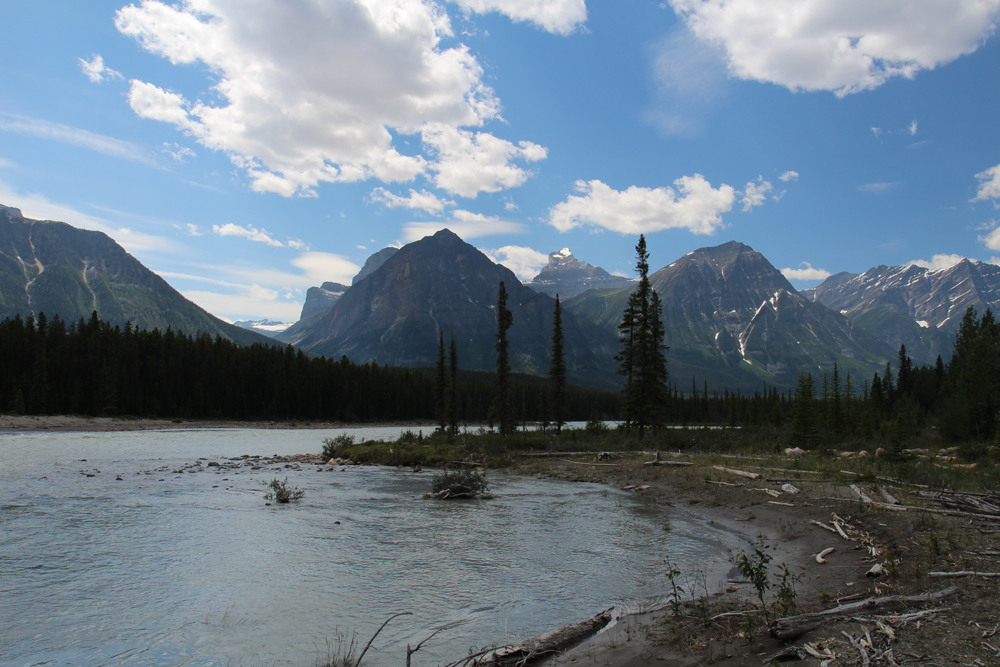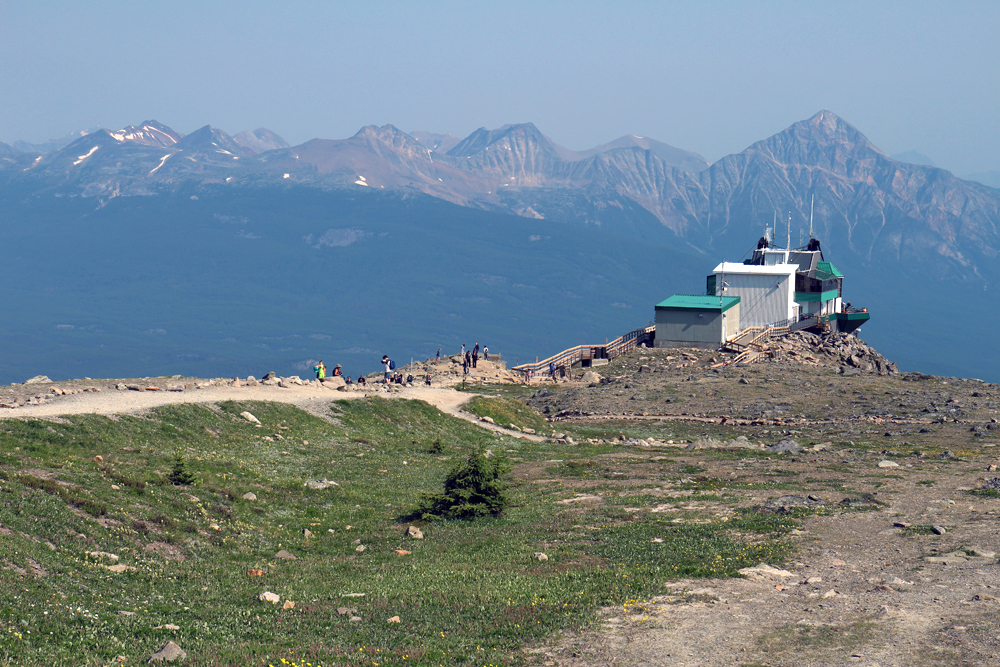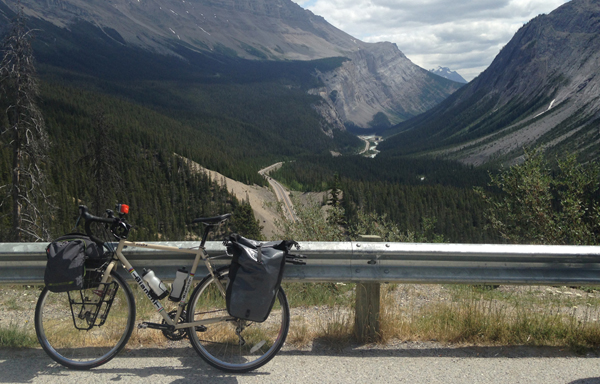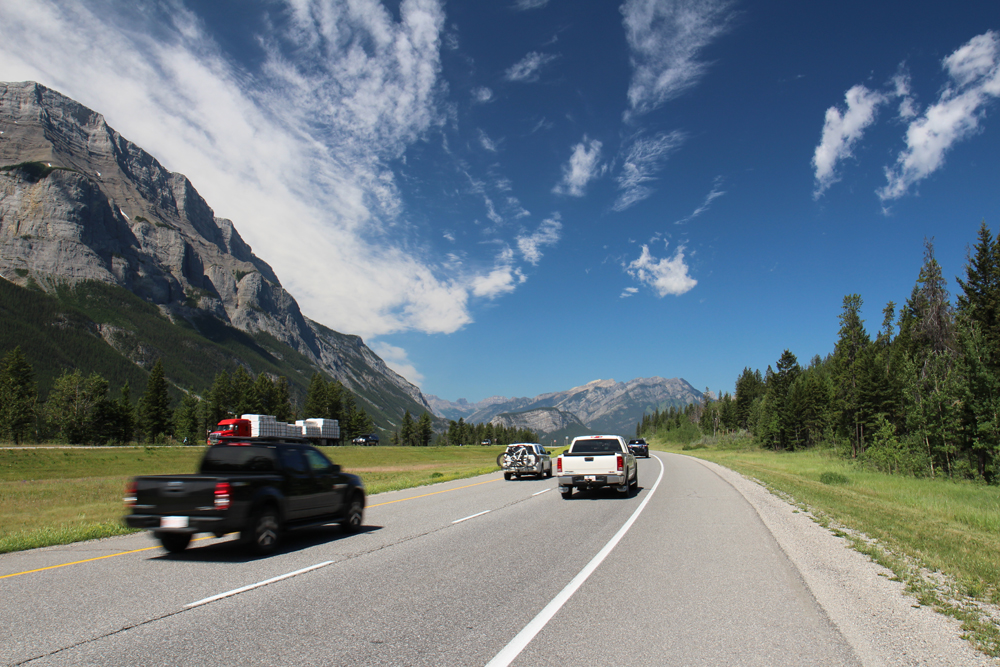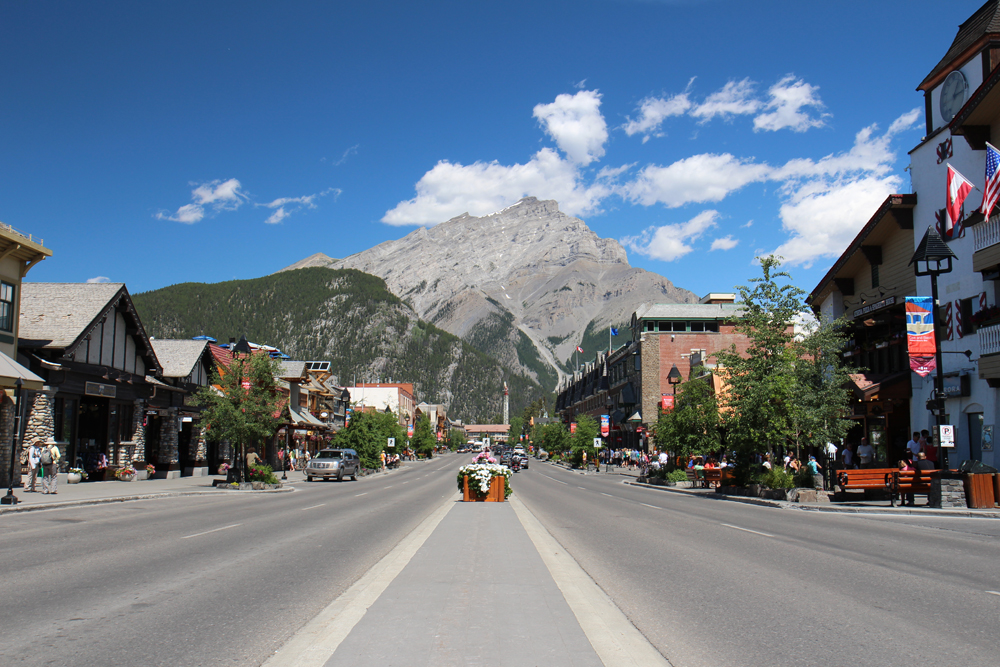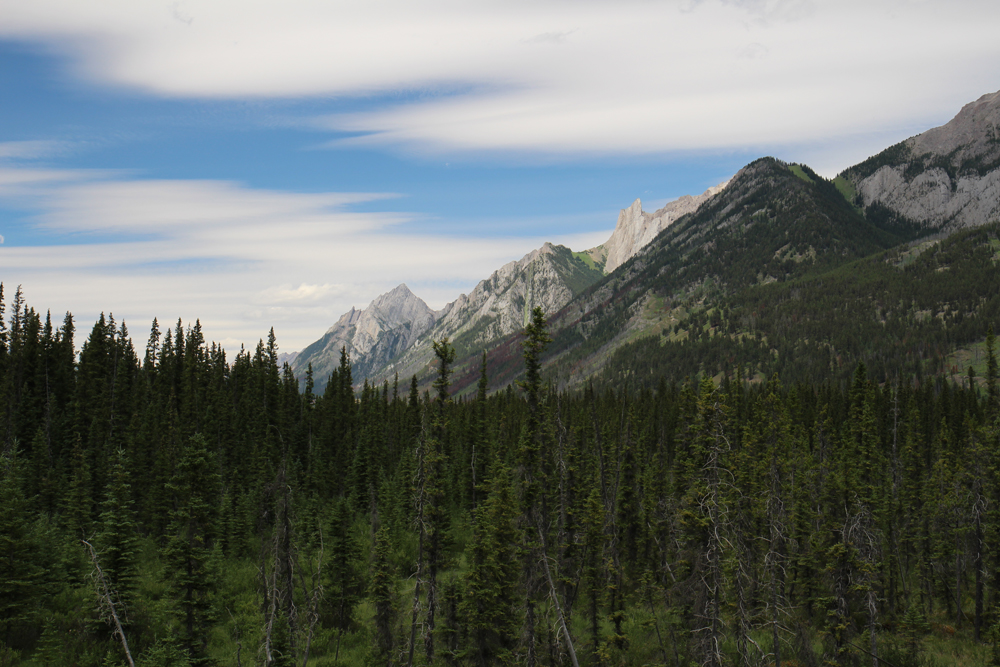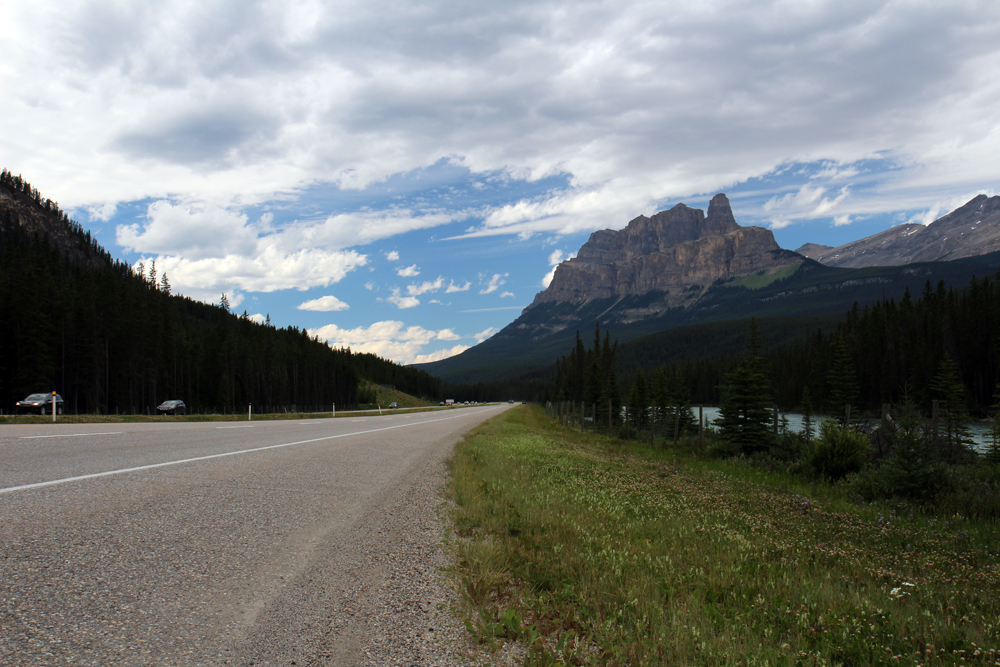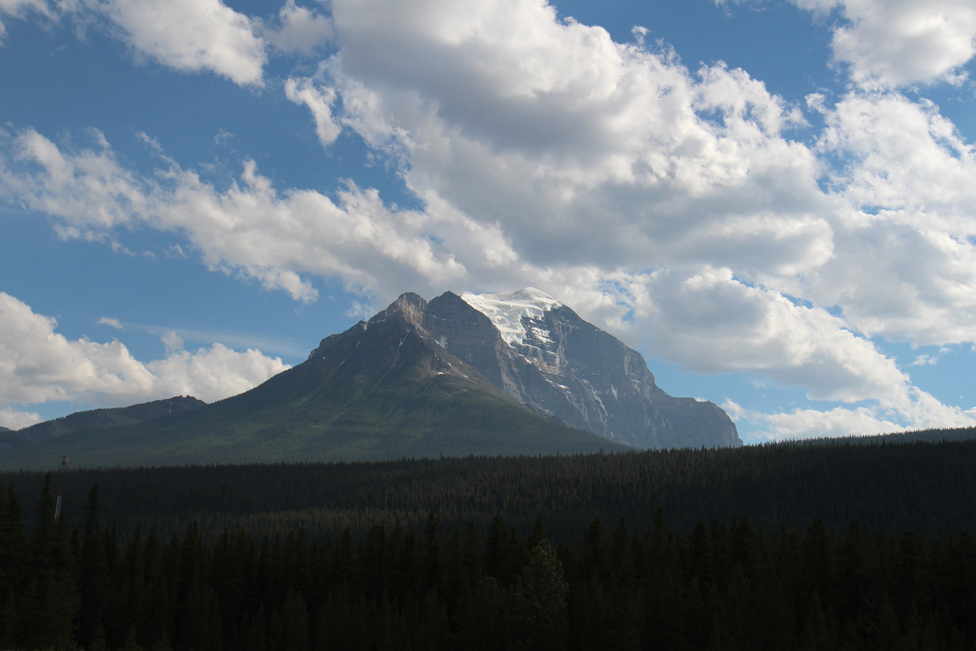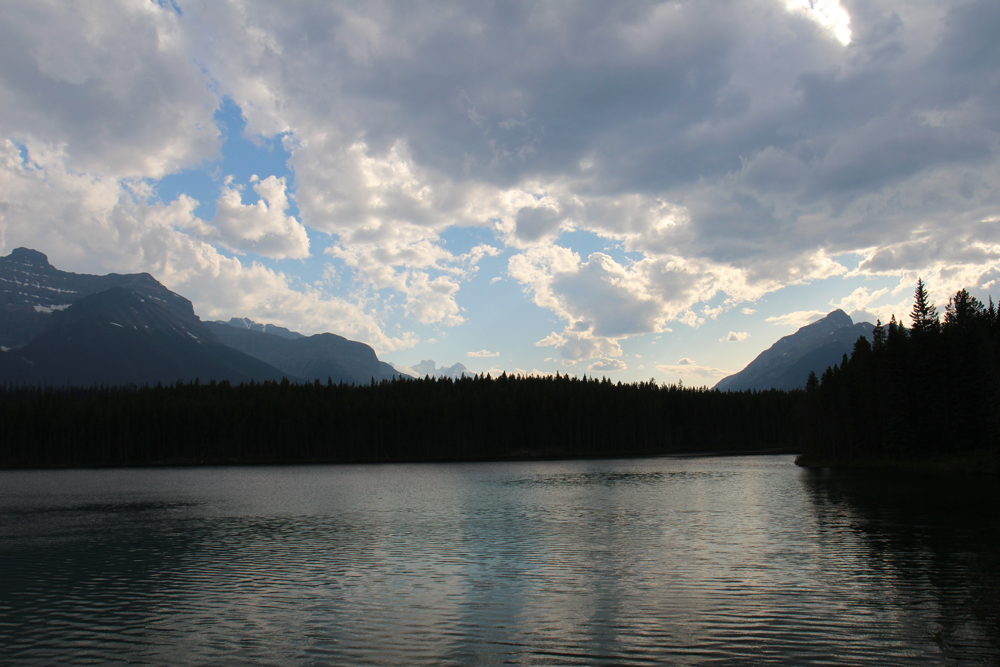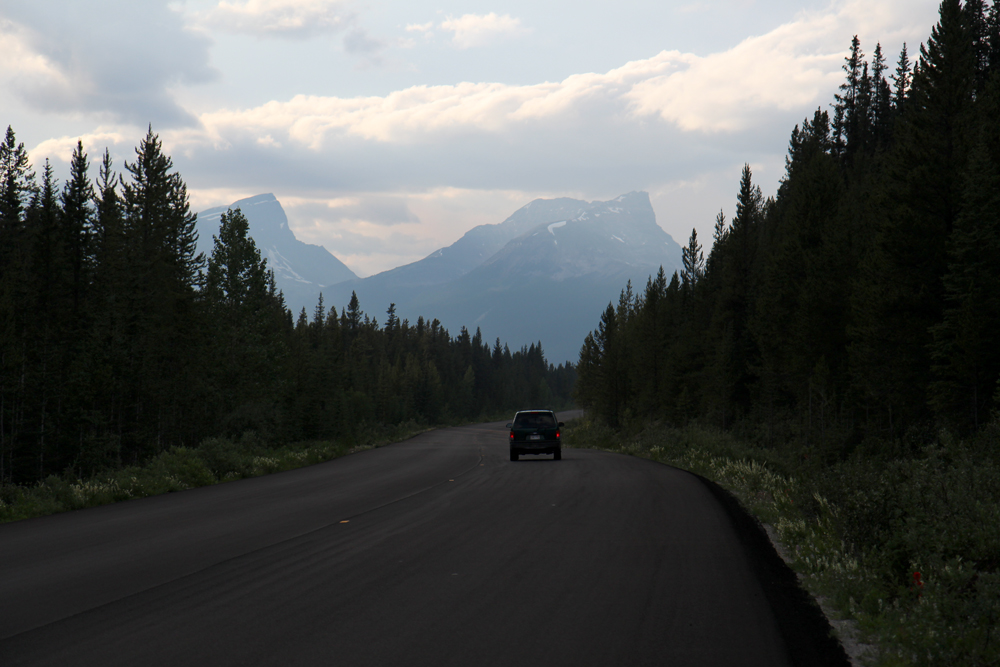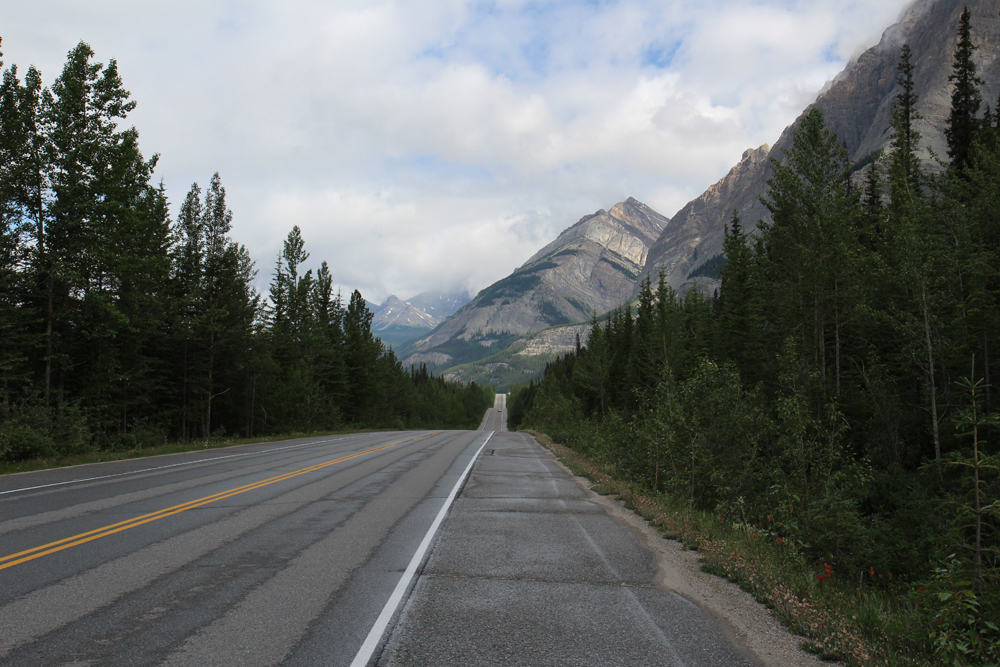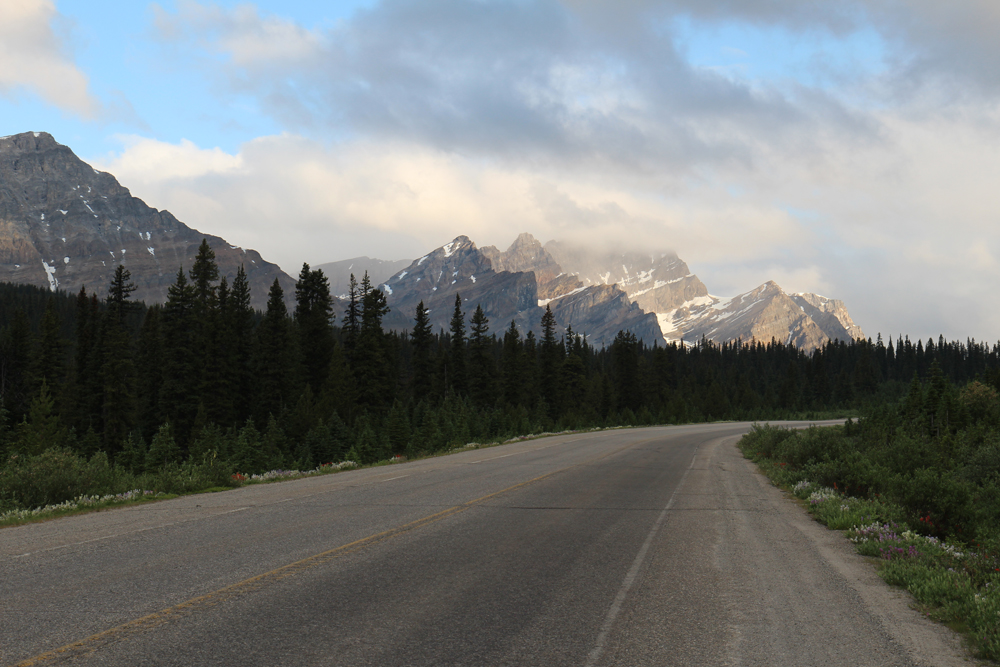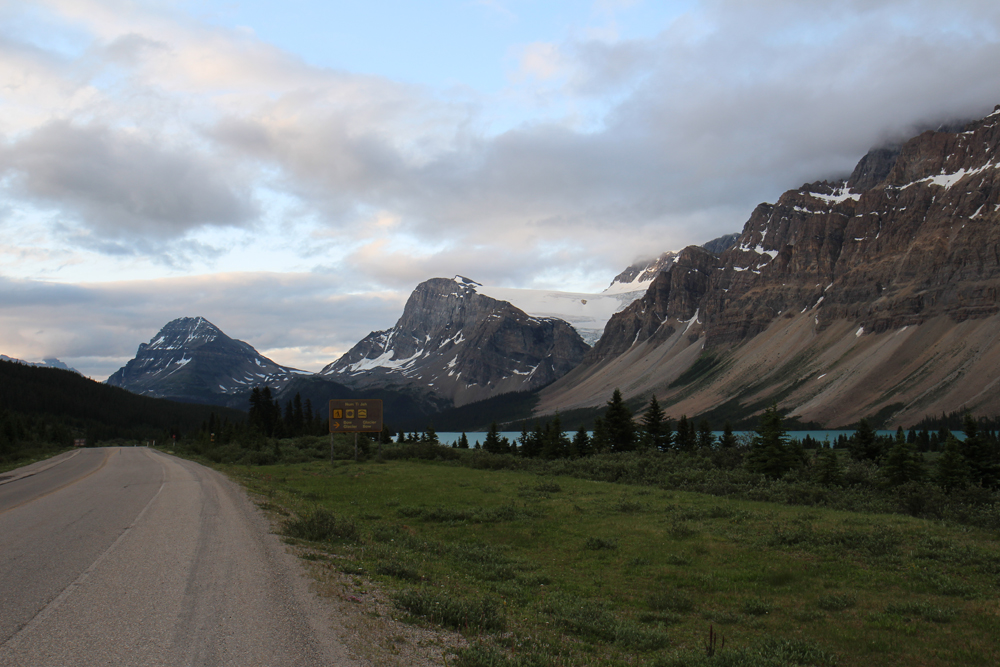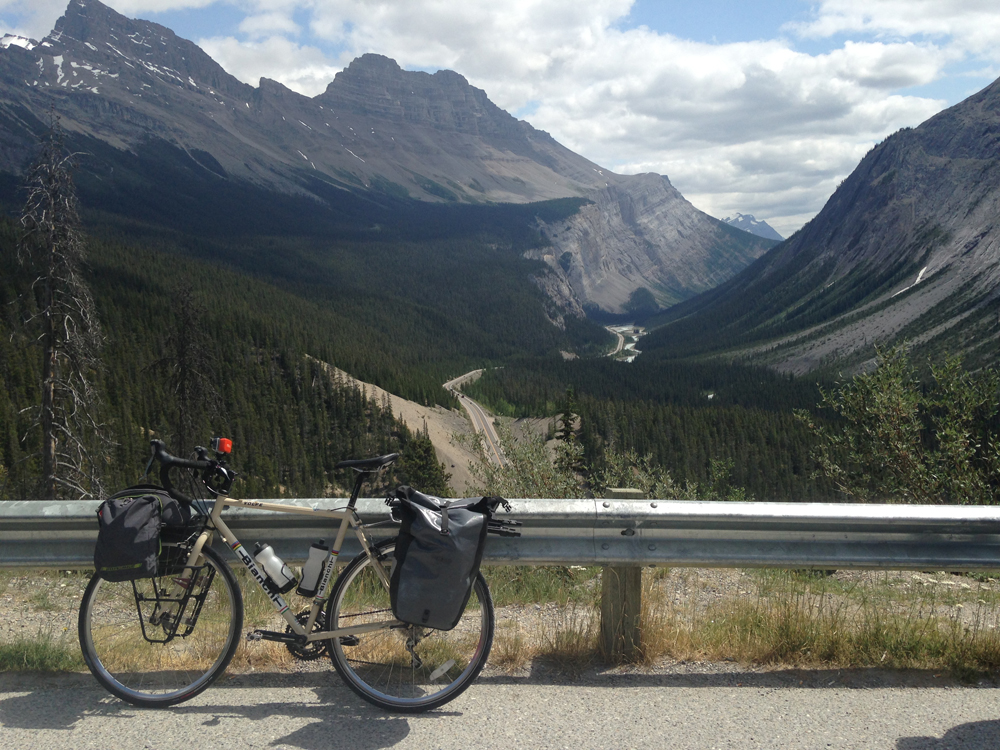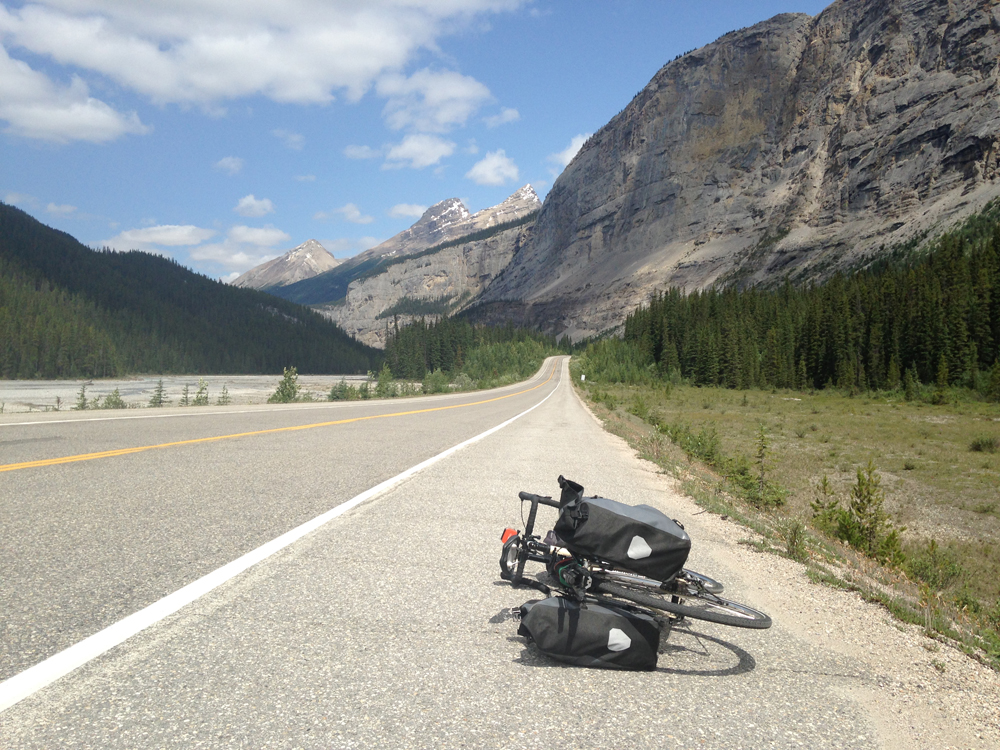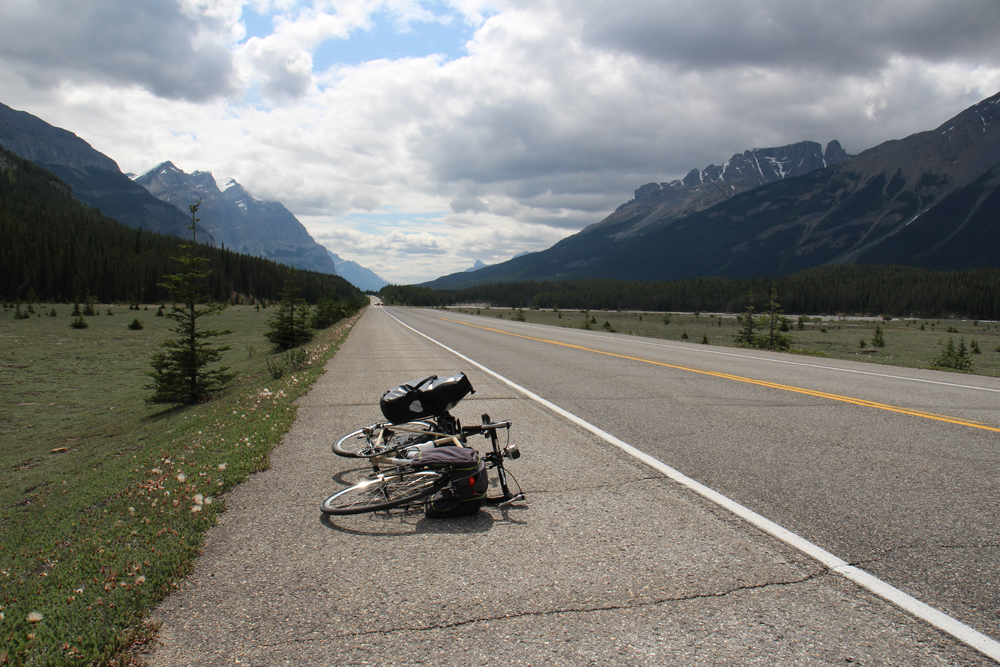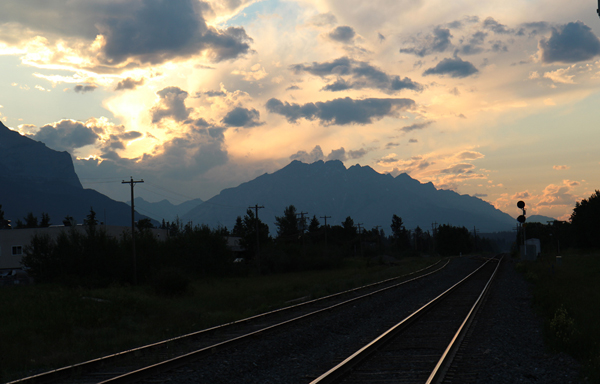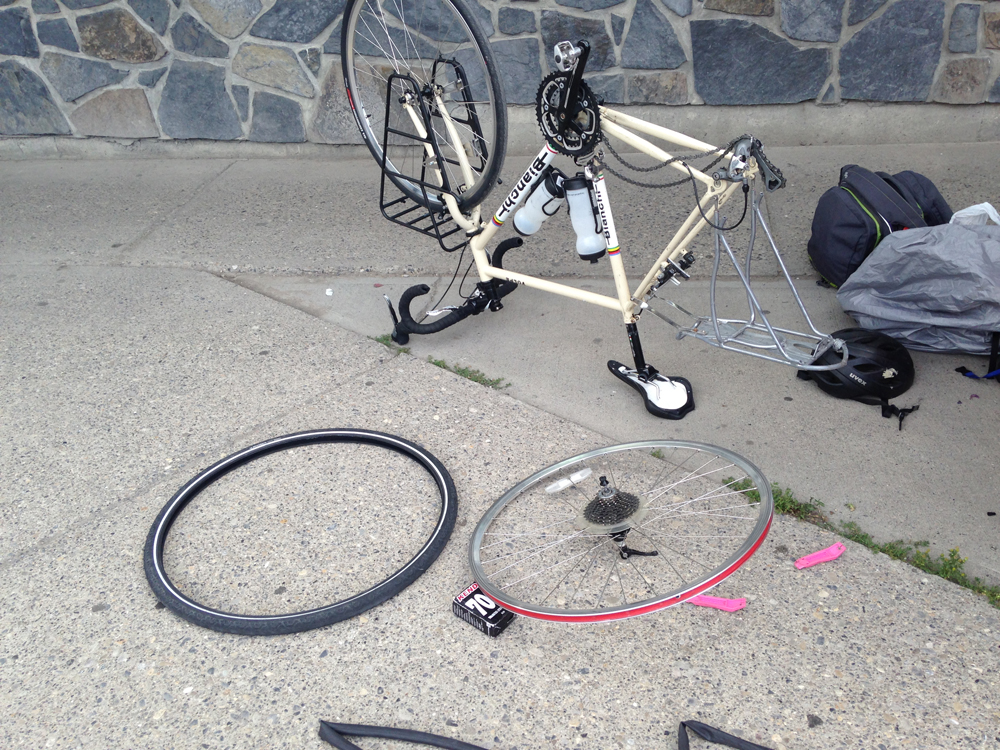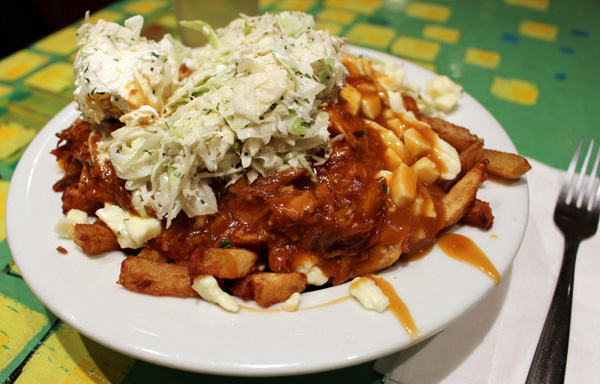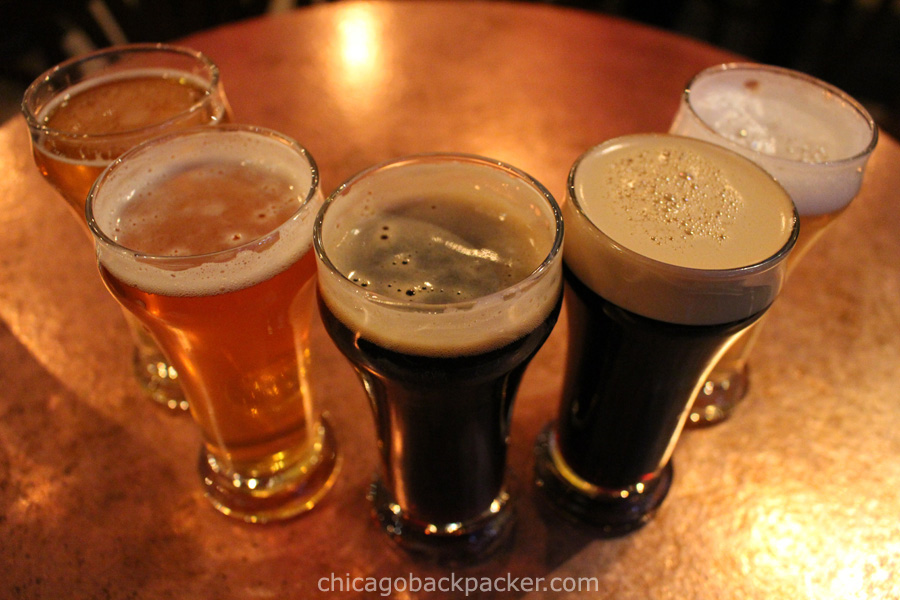Dare to Do by Sarah Outen
Dare to Do by Sarah Outen
In my spare time, I like to follow other travelers online. When I got into travel blogging, I naturally started to find other people who did the same thing, many of whom were living out truly exceptional stories of adventure. I discovered Sarah Outen in 2015 as she was on the final leg of her 25,000 mile expedition around the Northern Hemisphere. Starting and ending in London, she embarked on a 4.5 year human powered journey around the world by bicycle, rowboat, and sea kayak. She published Dare to Do, a compelling memoir of her global expedition.
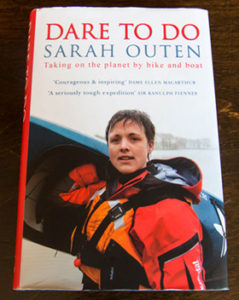 Last Christmas, I planned to take a train from Chicago to my family’s farmhouse in Virginia. My parents asked me what I wanted for Christmas, and I told them that I wanted a new tire pump and a copy of Sarah’s book. But I didn’t want to wait until Christmas to read it, and asked my dad to send it to Chicago instead. Unsure if it would get to my apartment in time, I tracked the shipment from the UK to my doorstep down to the minutes. It arrived with hours to spare. Soon, I was riding a Virginia bound Amtrak into the evening. I sat in the train car, reading the first pages of her story as she set forth from the London Tower Bridge amidst the cheers of old friends and new fans.
Last Christmas, I planned to take a train from Chicago to my family’s farmhouse in Virginia. My parents asked me what I wanted for Christmas, and I told them that I wanted a new tire pump and a copy of Sarah’s book. But I didn’t want to wait until Christmas to read it, and asked my dad to send it to Chicago instead. Unsure if it would get to my apartment in time, I tracked the shipment from the UK to my doorstep down to the minutes. It arrived with hours to spare. Soon, I was riding a Virginia bound Amtrak into the evening. I sat in the train car, reading the first pages of her story as she set forth from the London Tower Bridge amidst the cheers of old friends and new fans.
She paddled her kayak across the English Channel with the support of renowned sea kayaker Justine Curgenven, and got to the coast of France where she cycled east on her touring bike, Hercules. I sat in the dining car somewhere in northern Indiana, eating a microwaved pizza and drinking Budweiser. The train rumbled and whistled into the night as Sarah recounted her trek across Europe. The pages flew by. I couldn’t put the book down. As she cycled through Ukraine, western Russia and Kazakhstan, the kindness of people became a prevalent theme in her journey. Many times, she was invited by village families for tea, dinner, vodka, a place to stay, and a fun evening of stories.
In China, she met a young gellow named Gao ya Guang, who was so inspired by her quest that he offered to cycle with her across the country to Beijing. Crazy as it was, they toured the hostile, remote Gobi Desert, forging an unbreakable bond of friendship. Travel does this. It connects you with people in ways that you would never expect to happen.
Somewhere in eastern Asia she was at her wits end with a busted up bike, and I started dozing uncomfortably in and out of sleep in the train car. Trying to sleep in coach all night, usually next to a stranger, is the price to pay for traveling on a budget. I sat up at 3am, too tired to read and too awake to sleep. The dining car finally opened at 7 that morning. I drank more coffee than I needed to and opened Sarah’s book again. Outside, the mountains of West Virginia went by. She just made it to Japan. Here, Sarah embarked on the first of two rowing attempts across the Atlantic, the first of which was cut short a couple hundred miles out by the Tropical Storm Mawar. She recounted the violent storm as its gales relentlessly gave her boat a thrashing. It survived, but was too damaged to safely go on – she called in the coast guard and returned home.
After a year of recovery, training, and outfitting her new boat Happy Socks, Sarah once again left Japan, this time rowing northeast to the Aleutian Islands. She was alone at sea for 148 days, but finally made it to the remote Aleutian village of Adak, Alaska, incidentally becoming the first woman to do so. Here, she reunited with Justine. They island hopped the Aleutian chain for months, kayaking the treacherous, volatile weather systems of the Bering Sea.
She got to mainland Alaska at the end of the summer and cycled across the same highways that I’m familiar with, making the local news as she passed through the Anchorage area. I laughed when she ranted about the Caribou Creek Gorge. I’ve been over that canyon three times, and it’s an absolute bastard to cycle over.
In the Yukon, she met Iohan Georgiev, a nomadic cyclist who I’ve followed online for two years. He had just got out of Alaska on an epic expedition to Argentina and caught up with her on the Alcan Highway at minute 44 of this video. This was the first time I had heard of her story. I was amazed at the scale of her trip, and followed her online ever since. But little did I know at the time the hell that she went through to get there.
They parted ways at the Haines Junction. Iohan went south to the ocean and Sarah continued east. She had to get to the east coast by next spring, and fought her way across the plains of Canada with her fiancée Lucy, in 30 below weather to make it in time.
Back at home it was Christmas Day at the farm. My mom was fixing a turkey dinner and Christmas music echoed throughout the house. I sat in my old room, reading Sarah’s memory of her ride through the states. She got to the Appalachians of Pennsylvania just in time for the spring thaw.
At last, she reached the pier at Cape Cod, reuniting with Happy Socks for the final voyage home. That summer, I followed her story as she tweeted her location and status report each day. The open sea was wildly unpredictable, but to her, she said it is where she truly feels content. I can understand that. To the outdoor traveler, there are places in the world where we honestly feel more connected than anywhere in our normal lives. To me, the mountain country of the great north is where I am truly at peace. And to others, it is the open ocean. Though immeasurable and likely dangerous, we want more than anything to be back out there.
Dare to Do is an inspiring tale of human potential. It is a personable, honest story of human kindness, friendship, courage, heartbreak, and adventure. It is evident in her pages that Sarah’s quest is just as much of a journey inward as it is a traveler’s tale. And until I get the chance to do it myself, I will have to see the world vicariously through her words. I encourage you to do the same. Read her book. Be inspired. Get out there and explore.
Descent to Jasper
Descent to Jasper
…continued from Part 2: The Columbia Icefield
On a taco, kimchi marinated pork is pretty good. But when you dry it into jerky, it is fucking gross. You learn things like this when you travel. Just smoke the meat and be done with it, people. It doesn’t have to be this whole thing. I tried to eat it and decided it was way too revolting to get through, barring an actual survival situation. I had another bag of beef jerky, which didn’t taste as bad, but was another whole challenge to eat. Each piece felt like I was chewing on a leather belt. It was so tough that I actually lost time trying to eat just a few pieces. I threw both of those bags in the dumpster on my way out of the campground. So be it if I’m hungry for a few extra hours.
The road passes the Athabasca Glacier and the western edge of the Columbia Icefield, which can be seen along the edges of the mountains. The glacier’s terminus had almost reached the road at one point, but has receded about a mile up the valley. Up here, there are mountains with badass names like Mt. Andromeda, who had cut into the crisp morning sky under a waning gibbous moon. I stopped my bike at the edge of the moraine to get pictures, while a team of ice climbers went up the trail to the left on what looked like a day trip on the ice.
I enjoyed it all but twenty minutes and turned northward out of the pass. The climb to get up there yesterday was utterly backbreaking, and the descent down the other side was nothing short of sheer terror. Amazing places like this come at a cost, and I knew that all too well. At a 12% downhill grade, I plunged into the canyon, only able to slow down just enough to keep from speeding out of control. With thin tires, cable brakes, and loaded cargo, this felt like suicide. I watched for the river and forest to join with the road to the left, and for this horror to be over. After ten minutes – what felt like much longer – it finally was. The river met the road and I coasted the rest of the way out with ease.
Over the day, the road gradually leveled out, and the mountains became smaller and more distant as I raced against darkening clouds for Jasper, the final destination of the ride, for food, shelter, rest, bragging rights. But it was much better to be on gravity’s side out here. I had been cycling uphill for three days straight, and this was the first day with almost no climbing whatsoever.
Around 2:00, a car slowed down and stopped in front of me. A lady got out and waved me down. “Hey, did you happen to lose a sleeping bag? I found this along the road,” she said, getting out a blue Marmot bag.
“No, mine is in my cargo, but thanks.” She drove on, looking for its owner. I went on, feeling encouraged once again that good people like her are out here. She didn’t have to care about me, that bag, or whoever it belongs to, but she cared about all of it. With that kind of karma, she can have it for all I care. The clouds ahead were getting darker, and I needed to hurry. By then, I was feeling pretty ragged and worn out.
Later, I mounted my GoPro camera onto my tripod, which was strapped to the pannier rack, to get some reverse shots of the road behind. When I stopped to take the camera off, I realized that I didn’t fasten it very well, and it was one pothole away from coming lose and tumbling onto the road – all of my footage along with it – to be lost and forgotten forever. That could have been an expensive mistake. Like the Screaming Trees said, I nearly lost you, GoPro.
I finally made it to Jasper around 4:00, where I had to climb one last big hill along the mountain to my hostel. I was done with this, I thought, got off my bike, and walked it up for two miles, just as the summer rain hit the mountains.
There were a lot of international backpackers at the hostel, either on roadtrips or by the Via Rail train. Other people like me were passing through on outdoor adventures. A young lady Kaitlyn was a forest ranger from a provincial park somewhere north, who between shifts, likes to drive into the mountains to go rock climbing, and then just sleep at hostels or in her car. She noticed me locking my bike and carrying my gear in, and wanted to know what I was doing. We talked a bit about our adventures.
“Hey, are you hungry? I have some extra food in my car, and I know you’ve been out riding all day.”
“Oh I’m okay,” I told her. “I’ve been eating out of the vending machine. I was thinking of getting a meal sometime tomorrow when I get into town.”
“Well if you want, I’ve got some pasta in my car that you can eat,” she offered. Again, with all the good karma out here. Seriously, this is good people. My rule is that I don’t go looking for it, but I don’t turn away road magic when people offer it. We sat in the hostel lounge while I ate her food and traded stories with her and the other people at the table. I had been out busting ass for four straight days, and this was the first chance I had to clean up and relax.
My train out of town wasn’t due until mid-afternoon the next day, so that gave me time that morning to check out the Jasper Skytram, a gondola on the edge of town that carries visitors to the top of Whistler’s Peak. From there, you can hike the trail system and see a complete 360 degree panorama of the Canadian Rockies, including six mountain ranges, numerous lakes and rivers, and the town of Jasper, 3,600 feet below.
My hostel was a short walk away from it, so that morning I went up there and got on the first lift of the day. Trees glided by silently below as the gondola smoothly made its ascent up the mountainside. A young fellow was our tour guide for the next seven minutes. He gave us a short history of the town, the gondola, and some facts about the region’s flora and fauna, none of which I can remember.
The panorama at the summit was fantastic. And unlike other mountains in the range, Whistler’s Peak is fairly rounded at the summit, making for an easy hike around its trail system. I spent a good hour hiking around and taking pictures. Smoke from forest fires obstructed the far off mountains, so I had to focus on closer subjects. In this case, they were rocks.
The tram swiftly descended back down the mountain to the lower station, where I walked back to my hostel, got all of my shit, and coasted my bike down to the town.
Soon, I was heading west on a Via Rail train, traveling into wildfire smoke, passing Pyramid Falls, Mt. Robson, the Valley of a Thousand Peaks, the remote town of Kamloops, and nightfall. I was one night out from Vancouver, a cityscape on the edge of the wild.
This story concludes in British Columbia.
The Columbia Icefield
The Columbia Icefield
…continued from Part 1: Calgary to Canmore
I only had one tube left and was paranoid that it wouldn’t get me through the rest of the tour. So I slept in and headed to the bike shop later that morning. I hated to miss an early start, but it did give me an extra hour to get a timelapse shot of the Canmore Engine Bridge, a historic landmark in the town.
At the shop, I bought four more bike tubes out of paranoia, and a pressure gauge, which I should have had anyway. I got both tires inflated to the proper pressure and was finally ready to keep going. If I can’t get through the next 300km with all of this, I thought, then I have serious issues. I got back on the highway and headed northwest.
I was so exhausted and pissed off yesterday that I hardly took any time to enjoy the scenery. From Canmore, the highway goes northwest along the Bow River Valley between huge, majestic glacier-cut peaks – one after another – that thunder into the sky ahead for countless miles. No photograph can wholly capture how resounding and awesome they are to see. Carved impossibly high into the sky in formations of sandstone, shale, and ice, the Canadian Rockies are on their own terms. This is the big mountain country. These are the stone gods of North America.
I made it to Banff around noon and stopped to eat. It is a big tourist village that offers just about every outdoor sport you can think of. It looms under the giant massif of Cascade Mountain, creating a popular vantage point for tourists and photographers. Today was the 4th of July, and they welcomed Americans.
Castle Mountain, the most prominent peak of the day, came into view ten miles later as I traveled uphill against wind and gravity, with the rush of Bow River to my right. It was fresh with swift meltwater, and flowed southward, eventually going all the way back to Calgary. A man in a canoe went by. I pedaled on, happy to have the shade of light overcast. Any clouds would do in this heat.
I went on for a while to the continuous roar of highway traffic. After a couple hours, I reached the town of Lake Louise after a steady, hard pace on long uphill sections. I could have turned on a small side trip westward up a huge hill to see the iconic lake and vista that gives this place its name. Screw that, it’s getting late. From there, the Trans Canadian Highway turned west towards Vancouver, and the parkway went northward towards Bow Pass. I was glad to be away from all of the heavy traffic and loud eighteen wheelers. All was quiet on the road. The climb didn’t stop. It doubled in grade and went right into cold headwind.
The sun lowered behind the rugged peaks along the British Columbia border, and the golden Bow River snaked along the valley below amidst a darkening forest. Cold air blew from the high mountains ahead. I continued along the eastern ridge as the temperature quickly started dropping.
I made it to my hostel in the early evening, hours behind schedule but not really counting. The hostel, a series of rustic solar powered cabins, was the first of its kind that I’ve ever seen. I slept well along the rush of Mosquito Creek, not wasting any time getting any needed rest that I could. Another big day lay ahead.
My phone alarm went off at 4:30am and I set out at an hour later. The blue glow of daybreak illuminated the forest. A backpacker walked by me and towards the mountains, apparently also trying to get a head start. Soon, I was back on the road and climbing towards the summit of the pass. Clouds covered the tops of the mountains, and didn’t seem far off from this elevation. I began to notice the glassy dark blue claws of glaciers coming out between the mountains to the left. At times, the morning sun broke through the clouds, illuminating parts of the scenery. Other times, sheets of cold rain would seem to come out of nowhere. This was a volatile and dynamic place, where ultimately, the mountains decide how the day will be.
I was already covered in rain and was getting hungry. I had packed two bags of jerky, which I planned to use between food stops. The beef jerky was so tough to eat that it took twenty minutes just to chew through one piece. And the other bag had kimchi marinated pork, which I don’t know what I was thinking when I bought it – it tasted foul. I ate about as much of it as I could stand that morning, but ultimately chose to hold out until the next store. From the summit of the pass, I was about 10 miles of downhill away from the Saskatchewan River Crossing, which would probably have something.
It was a cold and shitty morning, but I finally hit the downhill section and coasted for a half an hour all the way to the river. From here, the highway reached a junction with a road going east out of the range. Still not entirely sure where to buy food, I crossed the river and kept going. Typically, highway junctions in the middle of nowhere like this one do have a place to eat. Like a gas station or roadhouse, or.. a freaking breakfast buffet? Out here??? Dude. DUDE! I couldn’t believe what I was seeing. A FREAKING BREAKFAST BUFFET!!! On a cold and wet morning, no less. It was like a cycling oasis. I rode up to the building as the smell of bacon coming from the kitchen reached my watering eyes.
I had four plates of eggs and meat, making up for thousands of lost calories. It was so awesome. I went on to tell the server how awesome it was, because I wanted her to understand how I feel. And I knew I needed it to power up for Sunwapta Pass, the ballbuster climb of the trip. I came back outside to my bike as a number of sightseeing tour buses were parked in the big lot in front of the building. This was apparently one of the main stops.
Several people wanted to know where I was headed, which I’m used to, then an Asian family wanted to get their picture with me. To them, I figured, a dude like me busting my ass out here – and really this entire place – was a completely new thing for them. Hell, I’m American and a lot of this seems new. I was fed, encouraged, mostly dry, and the sun was finally out. Let’s do this.
It started as an easy climb, following a braided and mostly flat floodplain along the Alexandra River. After ten miles, the road turned away from the river and went up to the base of the pass, getting worse with each pedal stroke. The mountains closed in and I was cycling up the canyon. Up ahead, I could see the monstrosity of the climb in clear view. Sunwapta Pass. A hard as shit climb. This was going to hurt.
The road quickly went to an 8% grade as I geared down and made a slow pace. I was moving just enough to comfortably pedal into the angle without falling sideways. I was sweating it for a whole mile before the road went flat again and turned to a big loop to the left. Out of breath and surprised at the reprieve, I coasted slowly around the bend and gathered my thoughts for a moment.
I caught up with three road cyclists who were touring in carbon fiber featherweights. A lot of cyclists like them do supported tours in places like this and have somebody shuttle their gear ahead. I, however, don’t feel like spending the money or time for that and prefer to carry all of my shit with me. It means I’m slower going, which is the tradeoff for the independence. Here, obviously, they were having an easier time.
After the loop is the meat of the climb, which goes for almost two miles of 8-12%. It is one monster of a grade. I fought my way up a few hundred feet, took a break, climbed some more, stopped again. I think I stopped about six times. It only lessened the suffering by notch. It was terrible. But the overlook here was a good distraction.
After it curves around the ridge, the grade lessens to about 5% for a while, which is well under my threshold. I don’t really like it, but I can at least work with it. I was finally nearing the summit, where I turned to find a site at a nearby campground. It was mid-afternoon, but I was definitely done for the day.
One thing I’ve learned from mountain touring is that the work and payoff are usually directly related. The rewards are big, but they come with a brutal workout. It’s either awesome or it’s a beating, depending on which side of the coin you’re looking at. It turns out that the summit of Sunwapta Pass, which is right at the edge of the Columbia Icefield and the Athabasca Glacier, is the most amazing part of the entire highway.
I had a few beers with an older English lady and her partner at the campground, and she told me I should hike up the nearby Wilcox Pass Trail to see the surrounding mountains and glaciers from a high ridge.
I spent an hour scuffling up the wooded trail and into high clearing along the edge of the mountainside. At the trail’s end, a lone red park bench sits in view of the Columbia Icefield, the Athabasca Glacier, and numerous other majestic mountains and icefalls. As the sun descended to the west, I imagined the vast snowfield ahead in an ethereal orange alpenglow amidst ragged, darkening peaks. The sunlight parted as the world ahead turned into shades of blue, and the temperature started to plummet. I made my way back down the mountain and to the warmth of my tent. Fucking hell. This place is unreal.
Everything else was downhill from here. And that was fine by me.
Calgary to Canmore: A Shitty First Day
So, Canada happened. But Juneau happened before it, and that was only because Burning Man did not. I tried to buy tickets to Burning Man this year after seeing all of the videos and pictures of the festival – its artwork and its people, its burns, its whole freaking aura – only to discover that a whole shitload of other people were thinking the same thing. Its ticketing system amounted to 2 million people all trying to buy 40,000 tickets in the time window the size of a golf ball. I missed my window by microseconds.
That left me an extra week to work with and decide on some other adventure, and hopefully something at least as good. It’s no secret that I’m obsessed with Alaska, so I looked for something there that I could fit in at short notice. I had never been to the southeast panhandle, which is a bit different from most of what I saw the first time further north. I added Juneau to my Canada trip on a whim, which was already booked and ready to go. So it was a week of glaciers, forests, big misty mountains instead of a desert metropolis. Burning Dan will happen another time. Screw you, ticketing system.
Juneau came and went in a blur of rain, ice, whitewater, and fog. But it served its purpose. Before I knew it I was loading my gear into an SUV cab and riding to the Juneau airport on an uncharacteristically sunny morning. I lucked out. There was hardly a drop of rain for both of my big days outside, which says a lot for an area where the locals don’t use umbrellas, but put on rain gear and learn to ignore it.
When I checked in at the airport, the agent spent 45 minutes trying to figure out what to do with my bike box. Clearly they’ve never dealt with a huge pie shaped bike box before. Hassle though it may be, it’s the only one of its kind that doesn’t screw up the brakes or derailleur, and doesn’t require me to remove the pedals, which are rusted onto the crank arms anyway. Plus, it has a wheel kit at the bottom, making it super efficient to wheel around. Honestly, it’s probably about as much as I can do to minimize the logistical pain of bike travel. In this case, I was a few minutes away from missing my flight, thanks to the extra attention from the attendant.
Four hours later, I landed in Calgary. By coincidence, it happened to be Canada Day, which was also the first of 10 days of the Calgary Stampede. Every summer, hordes of people come together in the city for parades, barbecues, and rodeos, and the city transforms into a huge festival of wild horses and the cowboys who chase them.
I didn’t care much about this, but I did want to see the downtown fireworks that evening. I made a few friends at the hostel and a group of us left to watch it along the river. The sky to the west darkened behind the red and white explosions, and I thought ahead to my journey out that way. I was two days out from my bike trip into the big mountain country. The Icefields Parkway of Alberta.
 Later that night, I hung out in the hostel back yard with Melanie, a French backpacker who had spent almost 9 months traveling around the US and Canada, and was in between another short roadtrip and a job at a nearby cattle farm. These trips always bring interesting travelers like her across my path, who are just as interested in my adventures as I am in theirs. We had beers and talked for hours, trading stories of our time on the road.
Later that night, I hung out in the hostel back yard with Melanie, a French backpacker who had spent almost 9 months traveling around the US and Canada, and was in between another short roadtrip and a job at a nearby cattle farm. These trips always bring interesting travelers like her across my path, who are just as interested in my adventures as I am in theirs. We had beers and talked for hours, trading stories of our time on the road.
I spent the next day working out logistics that needed to get done before my bike trip. It took most of the day. I hauled the pie box out of the storage shed, reassembled the bike, took it to the shop to fix the wheel truing, packed my computer and extra gear into the box, and FedExed it to Vancouver. I had one week to get to it there, and as long as I did, my adventure would continue along the coast.
After everything was squared away, I was exhausted and needed a drink. Melanie agreed, and we walked into downtown to find some good bar food and whiskey to take the edge off. We sat down at an 8th Ave tavern, which for the Stampede seemed unusually quiet. When I asked the server about it, she said that the second day is the “calm before the storm” and then the next day is when it really begins to go nuts. She went on to say that people in corporate jobs will take off for the week and return to their old food services jobs during Calgary Stampede because they can make thousands of dollars. I could feel the energy simmering in the city. This was Calgary’s equivalent of Mardi Gras.
Next morning, I awoke to the rattle of snare drums and bagpipes from outside. A marching band was warming up for the parade, and it happened to be right next to my side of the hostel. As their drill leader hyped them up for the big day, the bagpipes were soothing to the nerves. This was it. I was hours approaching the open road. I would make it to downtown Jasper in four days this all goes according to plan. As Roland Deschain would say, there will be water if God wills it.
Melanie said goodbye, we agreed to stay in touch. Her time in Canada was coming to an end and mine was just getting started. I left with my loaded bike and rode through a city that was packed wall to wall with cowboys, vendors, and a huge parade of horses. There was no more holding back. This stampede was full on, as was a bike tour more than a year in the making. As I’ve already said, I didn’t really care much about this whole scene. I’m not that kind of cowboy. What mattered to me was distance, which I needed to catch up on due to a late start. Unfortunately, the entire square perimeter of downtown was blocked off to traffic and crowded street to street.
I finally found an underpass and went underneath the main arterial street on the south end. As I headed west, the god drums of the marching bands faded behind me and uncertainty lay ahead.
For a while, I followed the Bow River on a city bike path that went out to the beltway. From there, it got confusing. I needed to get onto the TransCan Highway, but there wasn’t bike accessible shoulder at that point. So I had to spend the next fucking hour going around side streets, pointlessly winding bike paths, and a suburban neighborhood before rejoining the highway and the big shoulder I was looking for. If it weren’t for Google Maps, it would have taken me even longer.
The road straightened across the open plain while the sun was poised brutally high in the sky. The price I would pay for sleeping in. I crested and descended rolling hills uneventfully for hours as the spires of Canada’s Rocky Mountains slowly came out of the burning haze and into clarity. There was one last chance gas station at the 22 junction, about halfway between Calgary and the mountains, to refill my already depleted water bottles. It was blazing that day in the ranchlands.
I continued up huge hills against hot headwind as flies landed all over my head and arms, crawling and buzzing in my helmet. At times, I could go downhill just fast enough to blow them off, only to have more land on me when I slowed down again.
I finally got to the edge of the mountains in the late afternoon, out of water and pushing onward to the next gas station to refill. To my benefit, the mountains blocked the sun from anymore of its punishment. I found a small pond next to the road to cool off. In that kind of weather, it’s the only bearable choice I have. I stopped at the first store I saw at Dead Man’s Flats, five miles from my campsite. I was almost there. Fucking hell, it’s been a day.
As I sat outside mowing down a gas station sandwich and Gatorade, I heard a pop and hissing sound come from my right. That’s a strange noise, I thought. Could somebody be using the pressure pump around the corner? It went on steadily until I noticed the rear tire of my bike deflate and the hissing stop. It just blew out of nowhere. Not from riding over glass or nails, or doing anything stupid. No, it just decided to blow out on its own. What the fuck???
Furiously, I took the tire off to figure out what happened. I found a big hole in the tube where it beaded into the one of the spoke holes and eventually blew. It was the result of an improper installation on my part and probably an under-inflated tube. So it was my fault, even though that didn’t make me feel any less angry.
I called the shop in Calgary that fixed the truing yesterday for advice (not their fault, I didn’t ask them to check the tires). The guy told me to install a new tube and work it under the bead all around, and reinforce the rim with electric tape, and it should hold. I nervously hung up and took his advice. Would this happen again further into the tour? Like say, when I’m flying down a mountainside? If so, would I crash my bike at worst and wind up stranded at best? And if I do get stranded, what then? These challenges all feel very real at game time.
Some local electrical contractors noticed me and offered a ride in their utility truck as far as Canmore. YES! That’s where I’m going! I loaded my gear into the back and rode in the back seat for the last 5 miles straight to my campground. It was encouraging to know that good people were around to help a traveler out, and that if things really did go south, that I wouldn’t be left entirely to my own agency.
All of the bullshit aside, I made it there at the planned hour.
I set up camp, fixed my bike, and walked into town to get supplies. The sky to the northwest blazed in orange and gold above the silhouette of Cascade Mountain, twenty miles ahead. It was a fair reward for all the trouble I went through that day.
I went to sleep in my tent that night, uncertain if my bike would hold out for the rest of the tour, and if I could really do this. There will be water if God wills it.
Dining in Montreal
Dining in Montreal
How did I end up in Montreal in the dead of winter? I’m still trying to figure that one out, but it happened. I had originally planned to stay in Toronto over the holidays, but in light of a last minute changeup in my plans, Montreal happened instead. I arrived there on a bus early Saturday night with a backpack and agenda that was simple: Eat as much kickass food as I can, and try to stay warm.
I managed it for the most part, but damn, that city is cold. And there is no end to how many people wait in lines in the middle of it just to eat something amazing. Why? Because food can do that to a person. And the food in Montreal is exceptional.
L’Avenue
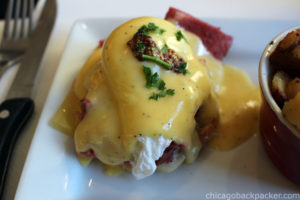 I crashed at my friend Marion’s house and went out early Sunday morning to check out L’Avenue, a trendy upscale brunch restaurant in the Plateau District. I realized pretty quickly that going on a Sunday was a mistake, as the line looked like it would take at least an hour. Screw that, I thought, and went to a diner somewhere else. I came back on Monday morning and got a table without any wait or hassle.
I crashed at my friend Marion’s house and went out early Sunday morning to check out L’Avenue, a trendy upscale brunch restaurant in the Plateau District. I realized pretty quickly that going on a Sunday was a mistake, as the line looked like it would take at least an hour. Screw that, I thought, and went to a diner somewhere else. I came back on Monday morning and got a table without any wait or hassle.
The atmosphere was comfortable, with a tall ceiling, trendy decor, graffiti, artwork, hip decorations, and decadent breakfasts. A young, attractive French server approached me to take my order, deliberately standing an inch away from my shoulder with her hand on the back of my seat. No reservations indeed. I didn’t mind; I like attention. I was in the mood for something good and savory, and ordered their Montreal smoked meat benedict.
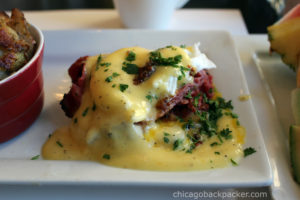 Handcut slices of Montreal’s signature smoked brisket piled on an English muffin, buried in poached egg with creamy, rich hollandaise and a dash of seasoning, it will bring a tear to your eye and a what the fuck weakness in the knees, I shit you not. It was maddening and beautiful to eat. The smokey, salty flavors from the beef blended amazingly with the egg and hollandaise sauce, creating a savory mess that was truly divine.
Handcut slices of Montreal’s signature smoked brisket piled on an English muffin, buried in poached egg with creamy, rich hollandaise and a dash of seasoning, it will bring a tear to your eye and a what the fuck weakness in the knees, I shit you not. It was maddening and beautiful to eat. The smokey, salty flavors from the beef blended amazingly with the egg and hollandaise sauce, creating a savory mess that was truly divine.
I cleaned that plate in minutes, and would do it again in seconds. Congratulations, L’Avenue, you serve the best Benedict I’ve ever had.
La Banquise
 An iconic poutinerie in the Plateau, La Banquise is just as popular as L’Avenue, perhaps even more so. With at least 30 different poutines in their menu, they draw lines out the door, even in off hours, even in horrible weather. I figured that out the hard way. I saw a line during lunch break and made the mistake of waiting until mid-afternoon, only to come back and see it double in size. Not even the shitty cold snap rolling in could dissuade these people.
An iconic poutinerie in the Plateau, La Banquise is just as popular as L’Avenue, perhaps even more so. With at least 30 different poutines in their menu, they draw lines out the door, even in off hours, even in horrible weather. I figured that out the hard way. I saw a line during lunch break and made the mistake of waiting until mid-afternoon, only to come back and see it double in size. Not even the shitty cold snap rolling in could dissuade these people.
I finally got inside after 45 minutes, thawed out, and ordered the large pulled pork poutine. Imagine a whole backyard barbecue of pork, cole slaw, sour cream, gravy on a pile of fries and cheese curds. It was a huge bowl of kickass, and remarkably, I got through it all.
Other options in their menu include combinations of bacon, peppers, sausage and smoked meat. I was beginning to notice a trend in this city.
Fairmount Bagel
 I heard from multiple sources to check this place out, and I’ll admit I was skeptical. It’s just a bagel, I thought, could it really be this cool? It turns out that it can. I went to their store first thing on Tuesday morning before starting my work day. I got their standard sesame bagel, bit into it, and the flavors came alive in my mouth as steam rose from the rest of the bagel and faded into the dry morning air. I felt every hot sesame seed on my tongue, and thought yes, a bagel really can be this cool.
I heard from multiple sources to check this place out, and I’ll admit I was skeptical. It’s just a bagel, I thought, could it really be this cool? It turns out that it can. I went to their store first thing on Tuesday morning before starting my work day. I got their standard sesame bagel, bit into it, and the flavors came alive in my mouth as steam rose from the rest of the bagel and faded into the dry morning air. I felt every hot sesame seed on my tongue, and thought yes, a bagel really can be this cool.
Why? I guess it’s because they prep their bagels with a sweet combination of malts, eggs, and honey, coat them in sesame seeds, bake them in wood-fire, and send them out the door by the thousands. That’s probably why. Fuck, I went back inside and got another one.
Schwartz’s
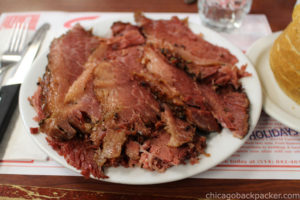 By my third day, it was obvious that smoked meat was a really big thing here. I wanted to find out why. So I went to Schwartz’s, one of Montreal’s best known delicatessens, to find out once and for all what all the fuss was about. And once again, I ran smack into a huge line of people who were all thinking the same thing. The sun was going down behind Mont Royal, the temperature was dropping by the minute, and freezing wind blew against us as we huddled like penguins outside the front door.
By my third day, it was obvious that smoked meat was a really big thing here. I wanted to find out why. So I went to Schwartz’s, one of Montreal’s best known delicatessens, to find out once and for all what all the fuss was about. And once again, I ran smack into a huge line of people who were all thinking the same thing. The sun was going down behind Mont Royal, the temperature was dropping by the minute, and freezing wind blew against us as we huddled like penguins outside the front door.
I finally got inside and they seated me with three other single people. A young Asian girl, a bald dude with a beard of two years, whom at my first glance I thought he listens to Times of Grace-era Neurosis. And then a guy next to me who was so normal that I don’t remember a single thing about him.
We were there for one reason: Montreal Smoked Beef. In places like Schwartz’s, it is salted and cured for at least a week in a secret house blend of spices, put in a smoker for a day, steamed to moisturize, and finally handcut and served to multitudes of patrons day in and out. Most people order the sandwich, consisting of a large helping of meat with mustard served between two slices of rye bread. I however, like Mike Ehrmantraut, don’t believe in half-measures. I ordered a large pile of just the meat served right on a plate with a side of sliced bread. Nothing fancy about it. It was simple, pure and delicious.
Les Brasseries
No visit to a new city is complete without at least one visit to at least one home brewery. On this trip, I found two: Vices et Versa and Dieu du Ciel! They were both charming, dimly lit, full of strong, hoppy aromas, and both had beer menus en Français that I couldn’t read. But variety is always key, and they had plenty of it, listing out their beers by the number on chalkboards. I gambled 5 or 6 choices each, and gave my random numbers to the bartenders.
I ended up with a good variety of sample draughts, polishing off the last two evenings with an array of blondes, wheats, IPAs, porters, stouts, and a cider for good measure.
Before I knew it, I was back at the bus station, boarding a Toronto-bound Megabus and leaving that fine city behind.
